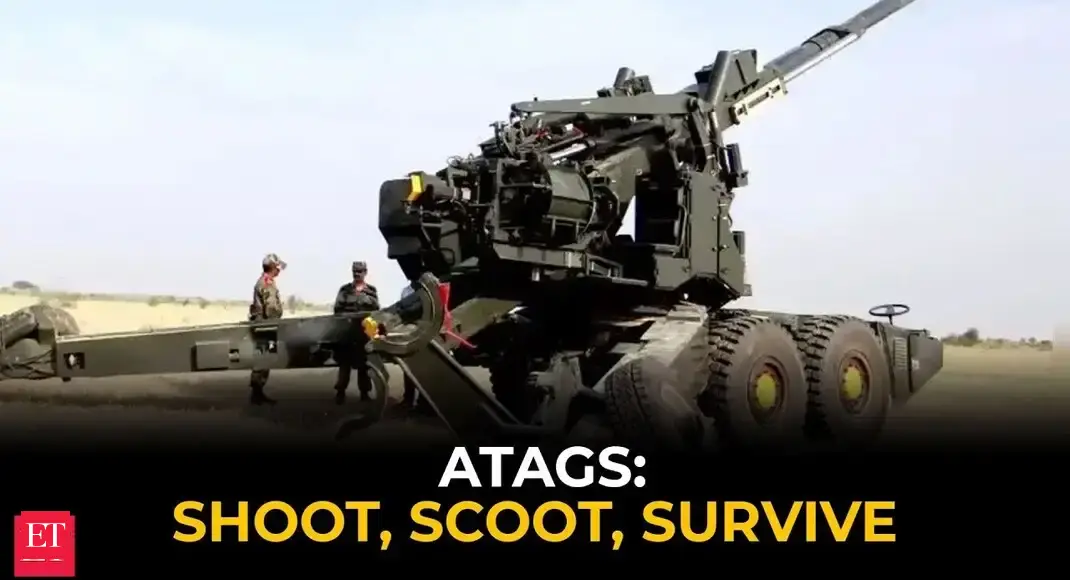

The Indian Army is undergoing a significant modernization of its artillery capabilities, with the Advanced Towed Artillery Gun System (ATAGS) at the forefront. This indigenous 155mm howitzer, designed and developed by the Defence Research and Development Organisation (DRDO), is engineered for deployment across diverse terrains, from the deserts of Rajasthan to the high-altitude regions of Siachen.
The ATAGS project, sanctioned in 2012, was driven by the Armament Research and Development Establishment (ARDE) with the goals of achieving extended range, precision accuracy, rapid firing rates, and all-weather operational readiness. The system boasts an all-electric drive for key functions like gun laying, loading, ramming, and deployment, reducing maintenance needs and enhancing reliability. It can utilize existing shells in the Army's inventory and integrates seamlessly with the Artillery Combat Command and Control System (ACCCS). In operational scenarios, the ATAGS can fire ten high-explosive shells in under three minutes or unleash five rounds in just 60 seconds in burst mode, engaging targets up to 48 km away, depending on the ammunition. Impressively, the ATAGS howitzer can fire and relocate in just 85 seconds.
The ATAGS is designed to replace the Army’s older guns with a more potent and versatile system. The Indian Army has signed a contract for 307 ATAGS howitzers and 327 gun-towing vehicles with two development partners. Bharat Forge will manufacture 60% of the guns, while Tata Advanced Systems will produce the remaining 40%.
Beyond ATAGS, the Pinaka rocket system is also being upgraded, with its range extended from 40 km to 72 km and further plans to reach 90 km or even 120 km. Additional K9 Vajra self-propelled gun units are also being added to the Army's arsenal, with 100 new units expected by the end of 2025, supplementing the 100 already deployed in areas like Ladakh.
The ATAGS features a 52-caliber barrel, which allows for extended firing ranges. Its larger calibre ensures higher lethality, delivering increased explosive payloads, while enabling automated deployment and target engagement. This reduces crew fatigue and enhances operational efficiency. The "Make in India" initiative is further exemplified by the ATAGS, which was developed through collaboration between the DRDO and Indian private industry partners. The ATAGS has undergone rigorous testing, including winter trials in high-altitude areas and summer user-firing tests. The system's accuracy, consistency, mobility, reliability, and automation have been lauded, and it can fire five-round bursts, outperforming other contemporary foreign guns.